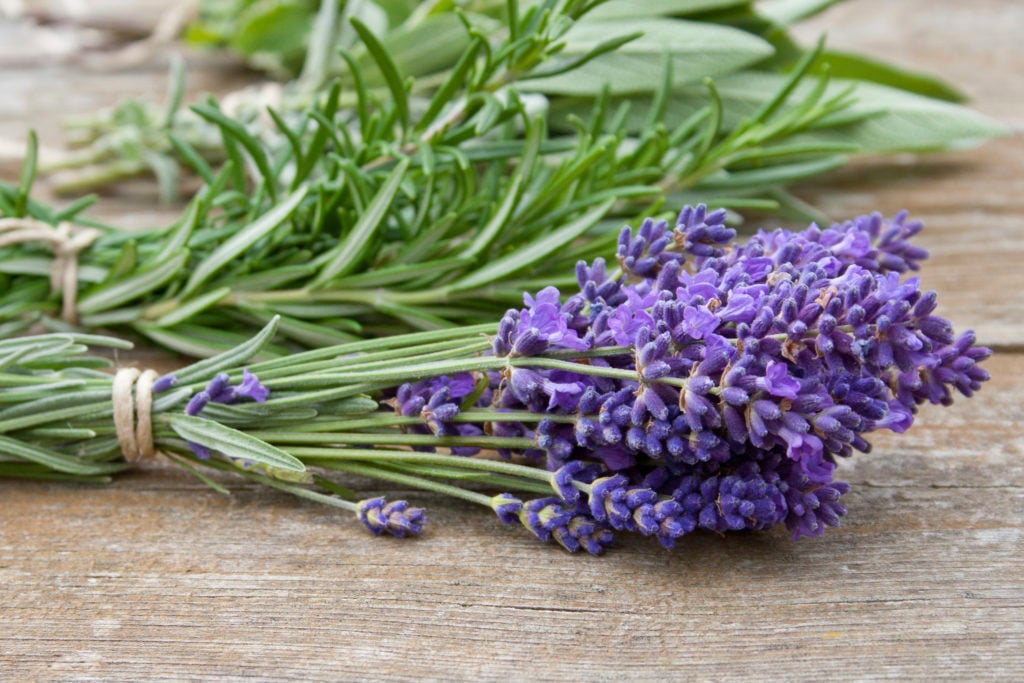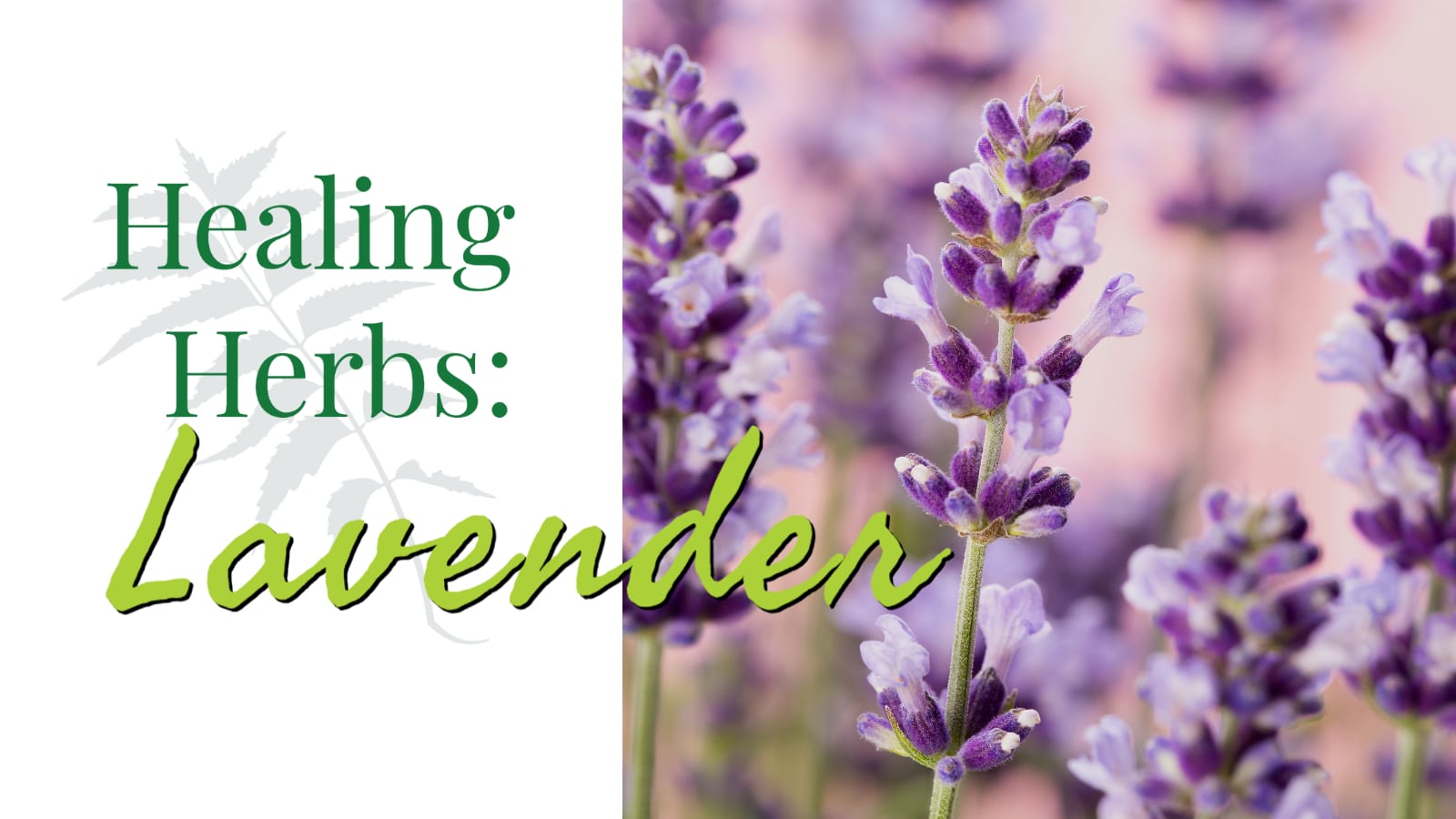Lavender: A Timeless Herb of Fragrance, Healing, and History

Lavender. The very name conjures images of sun-drenched fields, a soothing purple hue, and a calming, floral aroma. More than just a pretty flower, lavender is a versatile herb with a rich history, offering a multitude of benefits that extend from aromatherapy and skincare to culinary applications and even insect repellent. For centuries, cultures across the globe have recognized and utilized the power of this unassuming plant, making it a timeless treasure in the world of natural remedies and sensory delights.
A Journey Through Time: Lavender’s Historical Significance
Lavender’s story stretches back thousands of years, with evidence of its use dating back to ancient Egypt. Egyptians employed lavender in mummification processes, perfumes, and cosmetics. The Romans, renowned for their bathing rituals, further embraced lavender, using it to scent their baths, clean wounds, and freshen their clothes. The name "lavender" itself is believed to derive from the Latin word "lavare," meaning "to wash."
The Romans carried lavender across Europe, introducing it to regions where it would eventually flourish, particularly in the Mediterranean. During the Middle Ages, lavender was cultivated in monastic gardens, used for medicinal purposes, and to ward off evil spirits. It also gained popularity as a strewing herb, scattered on floors to release its fragrance when walked upon, helping to mask unpleasant odors and deter insects.
The Renaissance saw lavender become increasingly valued for its medicinal properties. Herbalists and apothecaries prescribed it for a range of ailments, including headaches, anxiety, and insomnia. Lavender water, a popular fragrance and antiseptic, was a staple in households throughout Europe.
In the 17th century, lavender cultivation began to expand commercially, particularly in France and England. The English countryside, with its chalky soil and favorable climate, proved ideal for growing lavender, and soon vast fields of purple blossomed, transforming the landscape and establishing England as a significant lavender producer. Lavender became a symbol of cleanliness, sophistication, and relaxation, deeply ingrained in the culture and traditions of these nations.
Botanical Bounty: Understanding Lavender Varieties and Cultivation
Lavender belongs to the genus Lavandula, which encompasses over 47 different species and numerous cultivars. However, a few varieties stand out as the most commonly cultivated and utilized:

English Lavender ( Lavandula angustifolia ): Considered the "true" lavender, Lavandula angustifolia is prized for its sweet, floral fragrance and its versatility in culinary and therapeutic applications. It is known for its cold hardiness and produces high-quality essential oil. Common cultivars include ‘Munstead’, ‘Hidcote’, and ‘Folgate’.
French Lavender ( Lavandula dentata ): Distinguished by its toothed leaves, French lavender has a stronger, more camphoraceous scent compared to English lavender. It is less hardy but tolerates warmer climates.
Spanish Lavender ( Lavandula stoechas ): Characterized by its distinctive "rabbit ears" bracts atop the flower spikes, Spanish lavender has a bolder, resinous fragrance. It is often used in ornamental gardens and is more tolerant of drought conditions.
Lavandin ( Lavandula x intermedia ): A hybrid cross between English lavender and spike lavender (Lavandula latifolia), lavandin produces larger plants and higher yields of essential oil. While its fragrance is less delicate than English lavender, it is widely used in soaps, detergents, and other products where a strong scent is desired.


Cultivating lavender requires specific conditions to ensure optimal growth and fragrance. Lavender thrives in:
- Full Sun: At least six to eight hours of direct sunlight per day are essential for lavender to flourish.
- Well-Drained Soil: Lavender prefers well-drained, slightly alkaline soil. Heavy clay soil can lead to root rot.
- Good Air Circulation: Adequate air circulation helps prevent fungal diseases.
- Moderate Watering: Lavender is drought-tolerant once established and prefers infrequent watering. Overwatering can be detrimental.
- Pruning: Regular pruning is crucial for maintaining the plant’s shape, promoting flowering, and preventing it from becoming woody.
The Power of Lavender: Unveiling its Therapeutic Benefits
Lavender’s therapeutic properties have been recognized for centuries, and modern science is increasingly validating these traditional uses. Lavender essential oil, extracted from the flowers through steam distillation, is a potent source of beneficial compounds, including linalool and linalyl acetate, which contribute to its calming and therapeutic effects.
Stress Relief and Relaxation: Lavender is renowned for its ability to reduce stress, anxiety, and promote relaxation. Inhaling lavender essential oil can help calm the nervous system, lower blood pressure, and induce a sense of tranquility. Studies have shown that lavender aromatherapy can be effective in reducing anxiety levels in patients undergoing medical procedures and improving sleep quality.
Improved Sleep: Lavender’s calming properties make it an excellent natural remedy for insomnia and other sleep disturbances. Placing a few drops of lavender essential oil on a pillow or using a lavender-infused sleep mask can promote relaxation and improve sleep duration and quality.
Pain Relief: Lavender possesses analgesic and anti-inflammatory properties that can help alleviate pain associated with headaches, muscle aches, and arthritis. Applying diluted lavender essential oil topically to affected areas can provide relief.
Skin Healing: Lavender essential oil has antiseptic and anti-inflammatory properties that can aid in wound healing, reduce scarring, and soothe skin irritations. It can be used to treat minor burns, cuts, insect bites, and acne.
Antimicrobial Properties: Lavender has demonstrated antimicrobial activity against various bacteria and fungi, making it a valuable ingredient in natural cleaning products and personal care items.
Lavender in the Kitchen: Culinary Delights and Aromatic Infusions
Beyond its therapeutic applications, lavender can also add a unique and delightful flavor to culinary creations. English lavender ( Lavandula angustifolia ) is the preferred variety for culinary use due to its sweet, floral aroma and flavor.
Baked Goods: Lavender can be incorporated into cakes, cookies, scones, and other baked goods to add a subtle floral note. It pairs well with citrus, chocolate, and honey.
Beverages: Lavender can be used to infuse teas, lemonades, and cocktails, creating refreshing and aromatic beverages. Lavender syrup can be added to coffee or other drinks for a unique flavor twist.
Savory Dishes: While less common, lavender can also be used in savory dishes, particularly those featuring lamb, chicken, or fish. It can be added to marinades, rubs, or sauces to enhance the flavor profile.
Honey and Jams: Lavender-infused honey and jams are a delicious way to enjoy the herb’s unique flavor.
Lavender in the Home: Creating a Calming and Fragrant Ambiance
Lavender’s fragrance is not only pleasing but also beneficial for creating a calming and inviting atmosphere in the home.
Aromatherapy: Using a diffuser to disperse lavender essential oil throughout the home can promote relaxation, reduce stress, and improve sleep quality.
Potpourri: Dried lavender flowers can be used in potpourri blends to add a fragrant and decorative touch to any room.
Sachets: Lavender sachets can be placed in drawers, closets, or under pillows to freshen linens and repel moths.
Cleaning Products: Lavender essential oil can be added to homemade cleaning products for its antimicrobial properties and pleasant scent.
Conclusion: A Timeless Treasure
Lavender’s enduring appeal lies in its multifaceted nature. It is a beautiful flower, a potent therapeutic agent, a delightful culinary ingredient, and a fragrant addition to the home. From ancient civilizations to modern-day aromatherapy, lavender has consistently proven its value and versatility. As we continue to seek natural solutions for our well-being, lavender remains a timeless treasure, offering a fragrant and effective path to relaxation, healing, and a more balanced life.
FAQ: Frequently Asked Questions About Lavender
Is all lavender edible? While most lavender varieties are technically edible, Lavandula angustifolia (English lavender) is the most commonly used and preferred for culinary purposes due to its sweeter, less camphoraceous flavor.
Can I use lavender essential oil directly on my skin? No, lavender essential oil should always be diluted with a carrier oil, such as coconut oil, almond oil, or jojoba oil, before applying it to the skin. A general guideline is to use a 1-3% dilution.
How do I dry lavender flowers? Cut lavender stems just before the flowers are fully open. Bundle them together with twine and hang them upside down in a cool, dark, and well-ventilated place until they are completely dry.
How do I store dried lavender flowers? Store dried lavender flowers in an airtight container in a cool, dark, and dry place.
Can lavender essential oil be used during pregnancy? While lavender essential oil is generally considered safe, it is always best to consult with a healthcare professional before using it during pregnancy or breastfeeding.
How often should I prune my lavender plant? Prune lavender plants annually in late summer or early spring, after flowering.
Does lavender repel insects? Yes, lavender is known to repel moths, mosquitoes, and other insects.
What are the side effects of using lavender? Lavender is generally safe for most people, but some individuals may experience allergic reactions, skin irritation, or drowsiness.
Where can I buy lavender products? Lavender products, including essential oil, dried flowers, and culinary lavender, can be found at health food stores, online retailers, and specialty shops.
How do I make lavender tea? Steep 1-2 teaspoons of dried lavender flowers in a cup of hot water for 5-10 minutes. Strain the flowers and enjoy.
This article provides a comprehensive overview of lavender, its history, cultivation, benefits, and uses. Whether you are seeking a natural remedy for stress, a fragrant addition to your home, or a unique culinary ingredient, lavender offers a wealth of possibilities to explore and enjoy.


